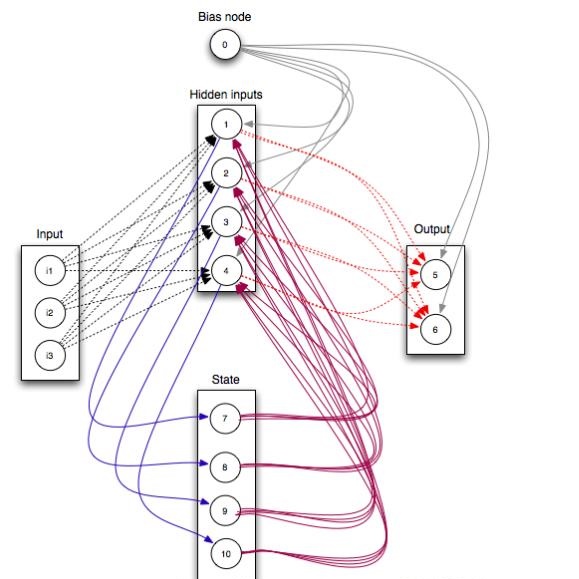The aim of this work is to present an overview about the combination of the Reduced Basis Method (RBM) with two different approaches for Fluid-Structure Interaction (FSI) problems, namely a monolithic and a partitioned approach. We provide the details of implementation of two reduction procedures, and we then apply them to the same test case of interest. We first implement a reduction technique that is based on a monolithic procedure where we solve the fluid and the solid problems all at once. We then present another reduction technique that is based on a partitioned (or segregated) procedure: the fluid and the solid problems are solved separately and then coupled using a fixed point strategy. The toy problem that we consider is based on the Turek-Hron benchmark test case, with a fluid Reynolds number Re = 100.
翻译:这项工作的目的是概述 " 降低基准方法 " (RBM)与 " 流体-结构相互作用(FSI) " 问题两种不同方法的结合情况,即单一和分解方法。我们提供了两个减排程序的详细实施细节,然后将其应用到同一种感兴趣的试验中。我们首先采用一种基于单一程序的减排技术,即我们同时解决流体和固体问题。然后我们提出另一种基于分解(或隔离)程序的减排技术:流体和固体问题分别解决,然后使用固定点战略结合解决。我们所考虑的玩具问题是基于Turek-Hron基准测试案例,其中含有流体 Reynolds Re=100。我们所考虑的玩具问题是基于一个流体-Hron基准测试案例,其中含有一个流体 Remond Re=100。



